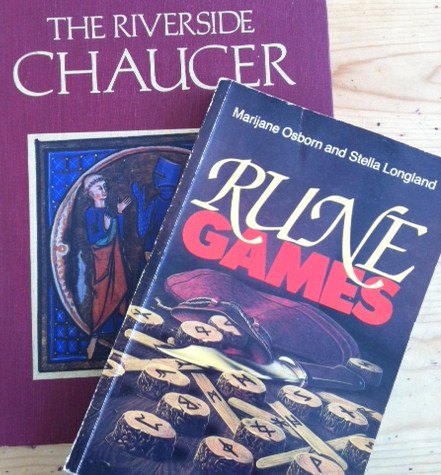 Divination by oracle was used in ancient times to test the ‘luck’ of an enterprise, such as a voyage over unknown and perilous seas. Introduction to Rune Games, by Marijane Osborn and Stella Longland
Divination by oracle was used in ancient times to test the ‘luck’ of an enterprise, such as a voyage over unknown and perilous seas. Introduction to Rune Games, by Marijane Osborn and Stella Longland
“He who is afraid of asking is afraid of learning,” is a Danish proverb that caught my eye this past week on writer Lynn Goodwinn’s Writer Advice website. Why not combine both processes, asking and learning, by setting yourself on an inquiry blog-post journey? You set the scope of your quest, pointing the arrow of your question toward one individual post or a series of posts. Before we engage with examples from the blogosphere, a brief poetry detour (I promise it connects).
This March, I’ve had the words from Chaucer’s Prologue to the Canterbury Tales floating through my head: Whan that Aprill with his shoures soote /the Drogthe of March hath perced to the roote, / And bathed every veyne in swhich licour / Of which vertu engedred is the flour thanks to Marijane Osborn, a fabulous teacher I had as an undergraduate at UC Davis. She required her students to commit fourteen lines or more from the Prologue to memory and to recite them back to her using the gorgeous cadence of Middle English pronunciation (a modern translation appears in additional notes at the end of this post).
You’ll remember that Chaucer’s group of traveling pilgrims–including among others the Knight, the Miller, the Cook, the Wife of Bath and the Parson–compete to recount the best tale in hopes of winning a free meal at the journey’s end. Chaucer’s question to us: Who tells the best tale? The pilgrimage becomes incidental; in fact, the tale in some ways becomes secondary to what the tale reveals about each storyteller.
For our purposes here, notice Chaucer uses pilgrimage as a frame as a way to feed us tales from the point of view of multiple pilgrims traveling the same road. Someone who has taken this concept into blog-land with far-reaching and beautiful scope is Heather Blakey, through her project at Soul Food Café , where in part, anonymity of participants fosters sanctuary over competition and allows for blossoming across forms (blogging, artwork, collage, etc., all while playing with available technologies that interface with the internet).
Through the sublime timing and hopscotch of connection the blogosphere invites, I just now stumbled upon Heather Blakey through Edith O. Naullain, a writer who blogs at In A Room of My Own. I am in awe of Blakey’s project and skill as moderator–she has been working with bloggers for years—if nothing else, read Zen and the Art of Team Blogging for direct testimonials of Blakey’s online node like this one: “She gives me a place to open up along side others who may journey for different reasons. We journey together in a virtual world that allows us freedom to dream.” (Luna Eternally).
One page that exemplifies what I mean here by creative frame and delivery or reinterpretation of pilgrimage is a page called “the Rookery.” You, in your role as visitor, are greeted by an image of a tree, branches weighted by the bodies of rooks, trunk base circled by a few standing rooks on the ground and a few wheeling midflight. Not a single word appears other than the title, the Rookery, each letter etched white across a blue sky.To enter the space, you must select a bird, and thus are transported/winged to another page. Each bird represents a view, a voice. Another example of a team blog, though very different in aesthetic, tone and timbre, (though likely extremely effective in reaching its young female audience) is the Love Twenty Team consisting of over 125 women blogging on topics including Love, Sex, Fun, Health, and Career.
Whether you want to invite multiple pilgrims to travel with you or you wish to take yourself on pilgrimage and answer a single question, consider starting with an initial inquiry post that crystallizes your curiosity and gives your reader a reason to come with you. Consider the beautiful digital art of Julie Heyward, Unreal Nature. Heyward’s photo category titles read like haiku (Sky Stones, Four Ways, Redline, Equilateral). While her later entries on her wordpress blog by the same name Unreal Nature take the form of a quote garden, forming a silva rerum, her opening posts track process notes and posit a number of questions, such as this one: Why is [digital photo manipulation] threatening to photographers? As I fell in love with the kites of her leaves and the way she plays with imagery, I felt her work moved beyond the question by delighting regardless. And perhaps you can discern an answer of sorts to her initial question by sifting through the rich and varied quote pastiche she has since assembled on her blog.
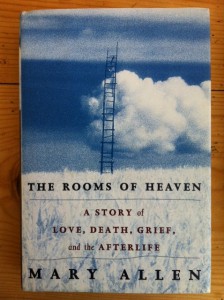 Next consider writer Mary Allen’s blog, Harnessing Time. Mary and I met years ago in Iowa City when she was finishing up her first memoir, The Rooms of Heaven: A Story of Love, Death, Grief and the Afterlife (about her journey back to wholeness after her fiancée committed suicide). Currently, Mary is blogging in support of the new book she is writing that shares her blog title. While her header does not pose a question, it reads: Time is like the wind. It’s freely available, an endless source of power and energy. We can use its power to accomplish whatever we want or need. All we have to do is change how we relate to it so we have it at our backs instead of walking into it. All we have to do is harness it so we can put it to our own uses instead of letting it blow us around.
Next consider writer Mary Allen’s blog, Harnessing Time. Mary and I met years ago in Iowa City when she was finishing up her first memoir, The Rooms of Heaven: A Story of Love, Death, Grief and the Afterlife (about her journey back to wholeness after her fiancée committed suicide). Currently, Mary is blogging in support of the new book she is writing that shares her blog title. While her header does not pose a question, it reads: Time is like the wind. It’s freely available, an endless source of power and energy. We can use its power to accomplish whatever we want or need. All we have to do is change how we relate to it so we have it at our backs instead of walking into it. All we have to do is harness it so we can put it to our own uses instead of letting it blow us around.
Though not explicitly stated, undergirding Mary’s blog and driving each post’s focus is the question, How do you harness time? While her blog posts break down various aspects of how one might go about shifting one’s relationship to the usage of time, I wanted to point you to last week’s post, How long does it take to clean a cat box to illustrate how one can change up an otherwise serious inquiry trajectory with humorous tangents.
And one more example I can’t help but slip in here is from Dr. Gale Delaney’s site, Your Sleeping Genius. Delaney is a dream pioneer who has come up with a “Dream Interview method of interpretation” because, according to her site, “she was skeptical of the accepted methods based on the conceptions and traditional formulations of Freud and Jung.” I love the question and answer structure of her Pajama Party blog (billed as a co-ed page) where you can read through two dream interview examples: What Do Dreams of Automobiles Mean? And Why do We Dream Animals?
In closing, remember inquiry posts can pose simple questions you answer immediately in your post, or they can be based on larger questions that end up forming the spine of a blog–questions you’ll answer by going on your own pilgrimage towards the answer.
Allow yourself a few wild brainstorm sessions formulating questions you have about life, about love, about family, about religion, you name it. Take the fearless persistence and insatiable bargaining fever of a child into your brainstorm. Think road trip: When are we going to get there?! or twilight reverie, the kinds of heart wrenching questions a son might float on the edge of sleep about a sibling, “Who do you love more, me or Schuyler?” or “When I die, can I come back as a girl?”
Additional Notes:
As fate would have it, the tome of The Riverside Chaucer and a hand-me-down tarot deck were mingling on my desk the quarter I took Marijane Osborn’s class, so it was a natural step to buy one of her most recent books at that time, Rune Games (with Stella Longland, Routledge and Kegan Paul, 1987), which in turn inspired the making of my first set of runes on sheared pine dowel rounds. Osborn has written, co-authored, edited or contributed to eight additional books including Romancing the Goddess: Three Middle English Romances about Women and Landscape of Desire: Partial Stories of the Medieval Scandinavian World. And moving into this century, The Twilight Mystique: Critical Essays on the Novels and Films.
A modern translation of the lines listed from the Prologue to the Canterbury Tales: When April with his flowers sweet with fruit / The drought of March has pierced unto the root / And bathed each vein with liquor that has the power / To generate therein and sire the flower..” (FordhamUniversity Center for Medieval Studies)
Mary Allen is also the author of a second memoir (this one is an ebook), Awake in the Dream House.
September 2014 Note: See also A Solstice Interview with Blog Mage Heather Blakey

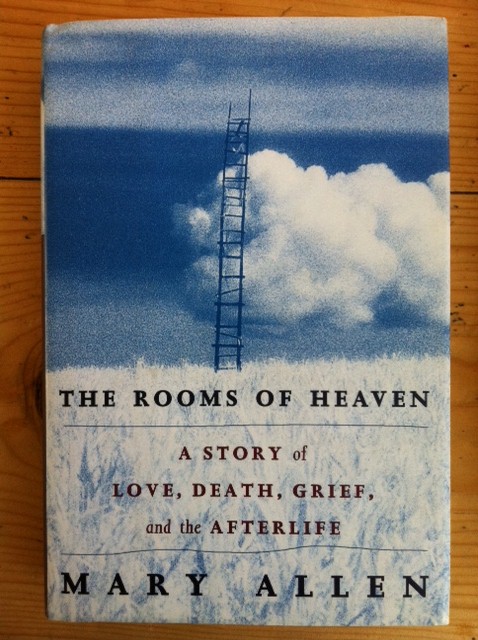
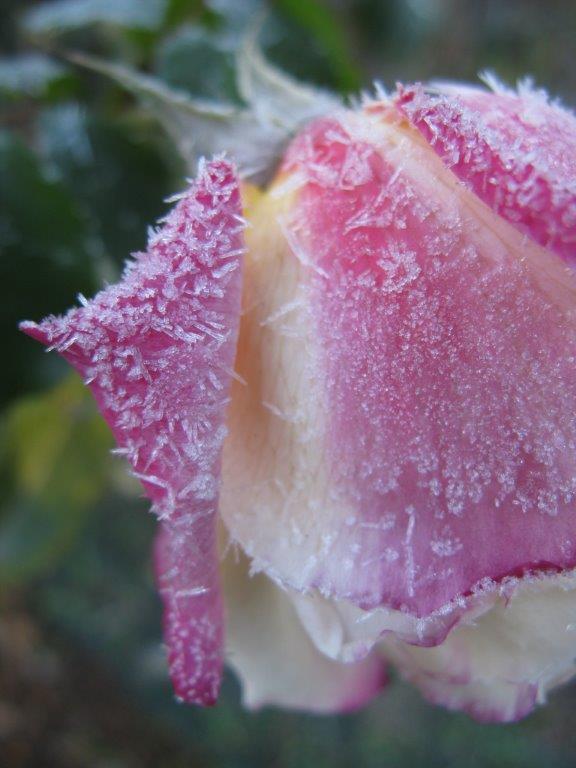
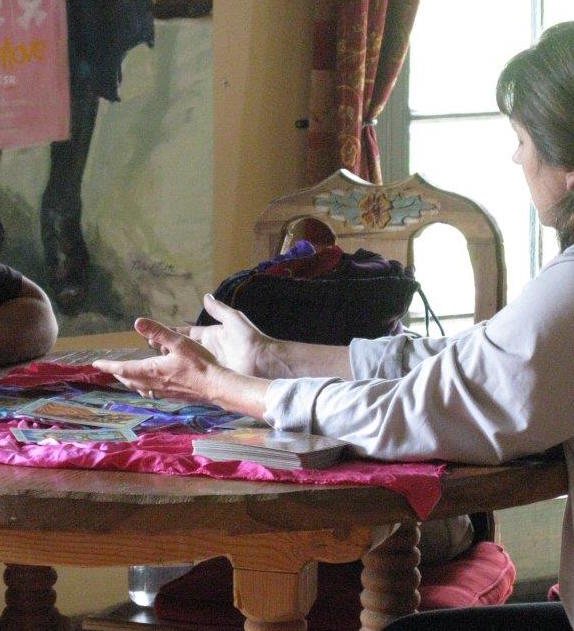
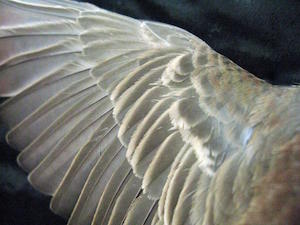
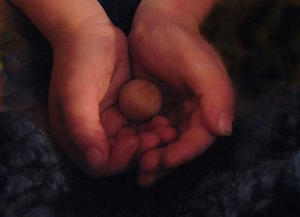
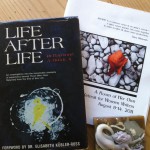

Leave a Reply
Want to join the discussion?Feel free to contribute!